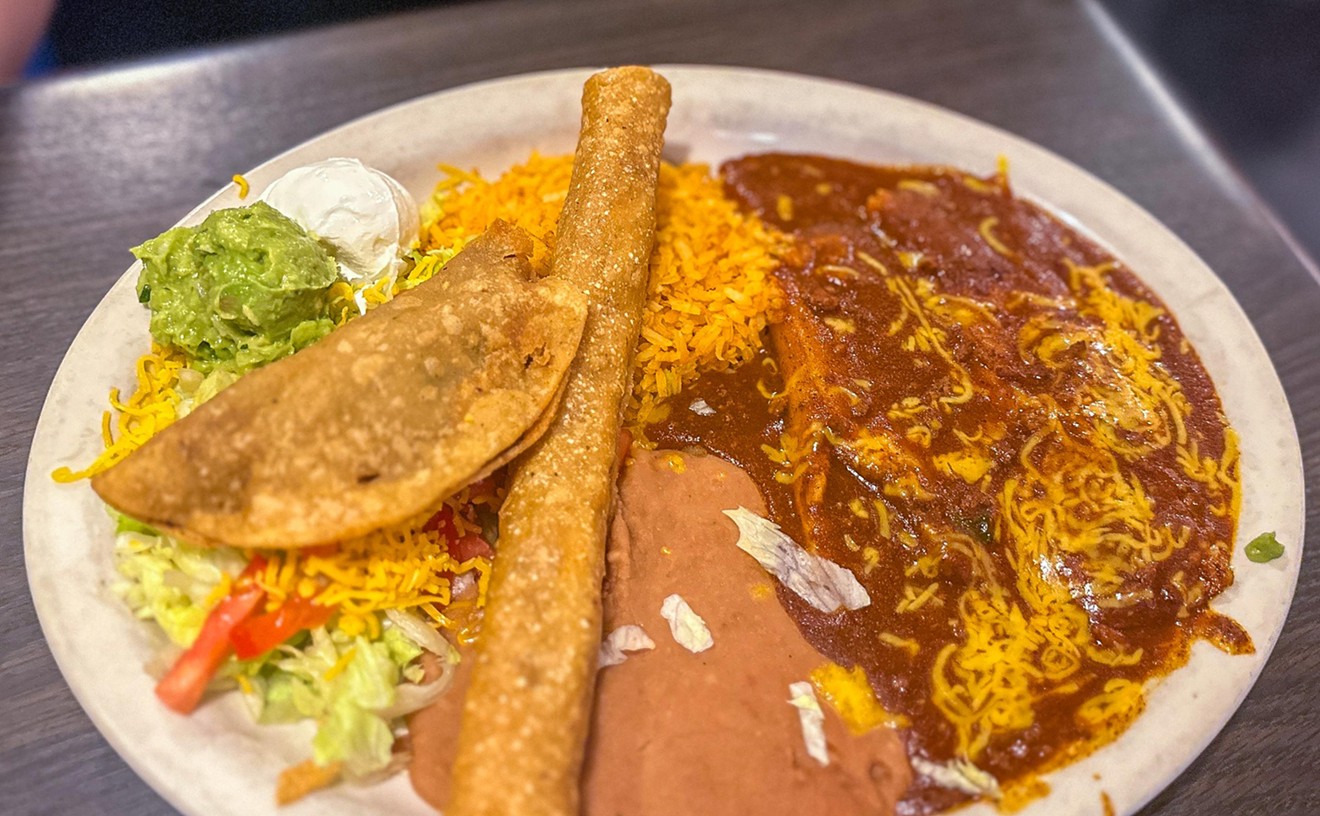Handle The Proof is our weekly exploration of spirits, cocktails and the culture of fine drinking.
Despite the inroads of craft and single barrel brands, bourbon still suffers from somewhat of an image problem. Once when I ordered a round of Booker's in some Uptown bar, for example, a woman snapped her head around in disgust.
"Bourbon," she grimaced, "smells like old lawyers."
Kevin Smith, master distiller for Maker's Mark, understands the impulse for comments like this. In the years after Prohibition ended, a number of rough, unready spirits hit the market and America's taste for finer brands was slow to recover. Indeed, it wasn't until the last 20 years or so that single malt scotch found its way into the mainstream. For several decades, whiskey was understood in the light of moonshiners, hard drinkers and weary old lawyer types sitting alone in some dreary bar.
"But," he points out, "if you can get past the strength of the alcohol, it has the same complexity as wine."
Perhaps. What bourbon lacks in the number of varietals (distillers rely only on varying blends of corn, malted barley, wheat and sometimes rye), it makes up for in lore, science and timing.
Long ago, and probably by accident, some backwoods whiskey maker discovered that charred barrels lent a distinct color and flavor to his sour mash product. The longer it sat--up to a certain point--the more the whiskey's flavor developed, turning it from a clear spirit tasting of corn and yeast to something pleasantly complex, with notes of vanilla, oak and caramel. Others found out (again likely by accident) that wood left to weather before being made into barrels imparted its own character.
Bourbon results from the aforementioned distilled grains and time in charred barrels, whether of fresh or seasoned wood. The recipe of grains, proof level, amount of char, placement inside the warehouse--even whether the warehouse is of metal or brick--account for the differences in America's bourbons, from the peppery bite of Woodford Reserve to the intense caramelized burn of Booker's.
"There are a lot of things you can do to create different flavors," Smith says. "Of all the whiskeys, bourbons have the most full-bodied flavors."
Maker's Mark features balanced, rounded notes showing signs of bitterness, sweet oak, caramel, vanilla, honey and toffee, without falling very far in one direction or another. What I find interesting about the brand is that it can't sit in the barrel more than six, maybe seven years. If it does, the liquor inside break apart into sugar and biting quinine, with chalky undertones--something none to pleasant.
This has something to do with Kentucky's seasons--hot days, cool nights--and metal sided warehouses. The combination matures Maker's faster than some other brands (and much faster than Scotch).
Others offer more intensity or more aggressive flavor profiles. Maker's is just a steady, reliable bourbon--and a good one to keep around.
Oh--the old image of bourbon and old lawyers is fading. But the bourbon folks estimate that Texans still buy over 500,000 cases of Canada's Crown Royal compared to 55,000 of Maker's Mark.
Then again, Maker's only produces about a million cases for the entire world market, so we're not doing that bad.










